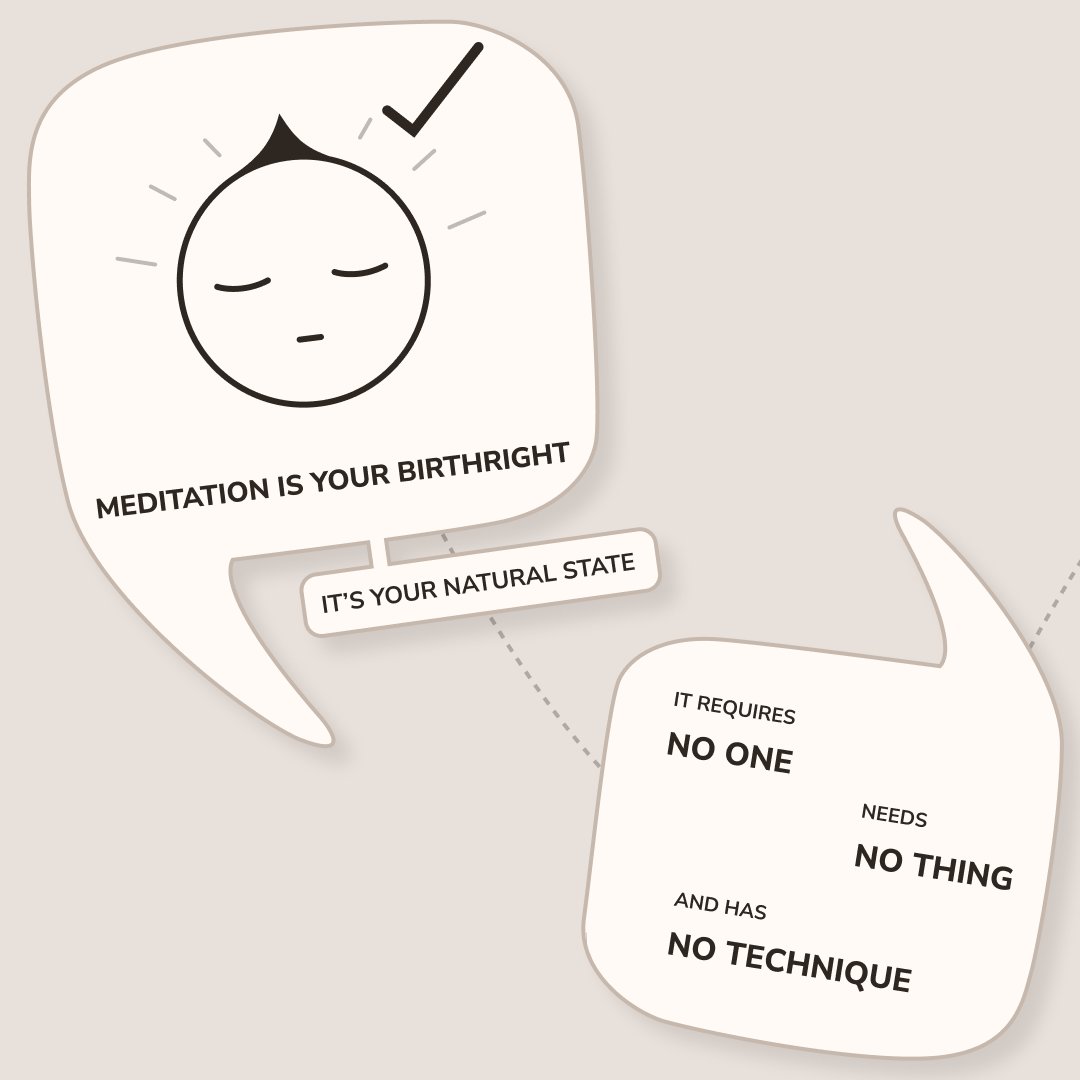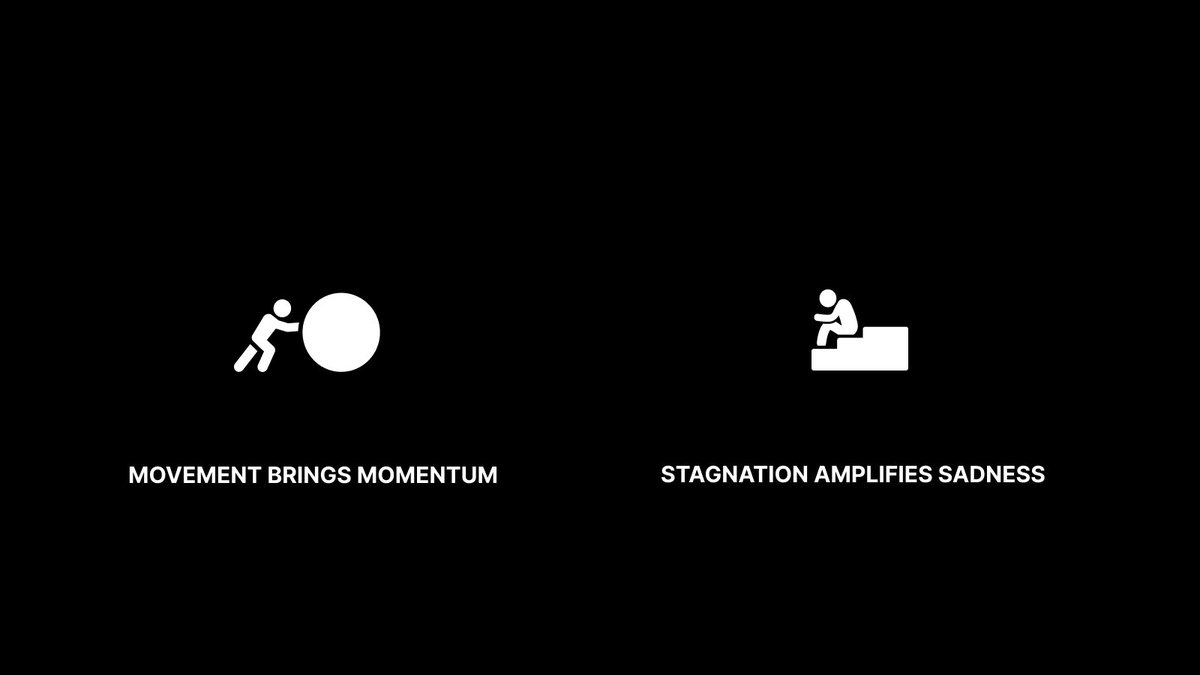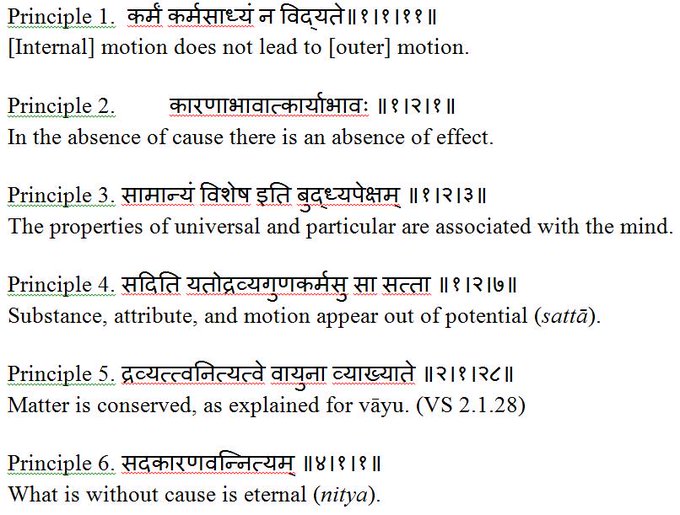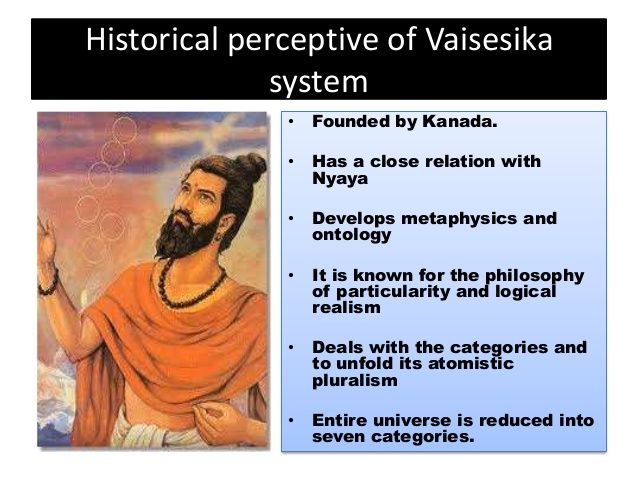It is a tendency to interpret new information so that it becomes compatible with our existing theories.
Dis-confirming evidence must be seeked out to beat this theory.
He or she will not be the most popular member of the team, but definitely the most important.
Send an email to 10,000 people with stock market prediction by dividing them into 2 groups - telling reverse prediction to each group. Prediction for one of the groups will come true.
The fear of losing something motivates people more than the prospect of gaining something of equal value.
When it comes to compounding, dont trust your intuition - you have no idea how powerful it is.
99% Fat Free product seems more healthy than a product with 1% Fat.
There is no 3rd category of passive onlookers.
A Bill Gates monthly income in a group of 50 ordinary citizens can give an extremely misleading average.
And retweet the first tweet to share with others:
https://t.co/QYlZjIAGMD
10 Powerful Lessons of the book \u201cThe Art of Thinking Clearly\u201d
— Andrew Duggan (@ajdduggan) March 9, 2022
| Thread \U0001f9f5 pic.twitter.com/XzxUpBJGEL
More from Andrew Duggan
More from Books
You May Also Like
On the occasion of youtube 20k and Twitter 70k members
A small tribute/gift to members
Screeners
technical screeners - intraday and positional both
before proceeding - i have helped you , can i ask you so that it can help someone else too
thank you
positional one
run - find #stock - draw chart - find levels
1- Stocks closing daily 2% up from 5 days
https://t.co/gTZrYY3Nht
2- Weekly breakout
https://t.co/1f4ahEolYB
3- Breakouts in short term
https://t.co/BI4h0CdgO2
4- Bullish from last 5
intraday screeners
5- 15 minute Stock Breakouts
https://t.co/9eAo82iuNv
6- Intraday Buying seen in the past 15 minutes
https://t.co/XqAJKhLB5G
7- Stocks trading near day's high on 5 min chart with volume BO intraday
https://t.co/flHmm6QXmo
Thank you
A small tribute/gift to members
Screeners
technical screeners - intraday and positional both
before proceeding - i have helped you , can i ask you so that it can help someone else too
thank you
positional one
run - find #stock - draw chart - find levels
1- Stocks closing daily 2% up from 5 days
https://t.co/gTZrYY3Nht
2- Weekly breakout
https://t.co/1f4ahEolYB
3- Breakouts in short term
https://t.co/BI4h0CdgO2
4- Bullish from last 5
intraday screeners
5- 15 minute Stock Breakouts
https://t.co/9eAo82iuNv
6- Intraday Buying seen in the past 15 minutes
https://t.co/XqAJKhLB5G
7- Stocks trading near day's high on 5 min chart with volume BO intraday
https://t.co/flHmm6QXmo
Thank you












































